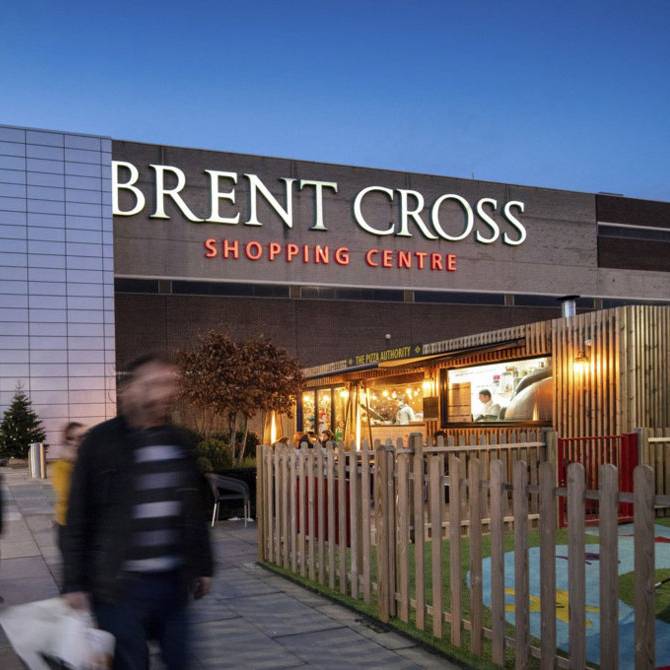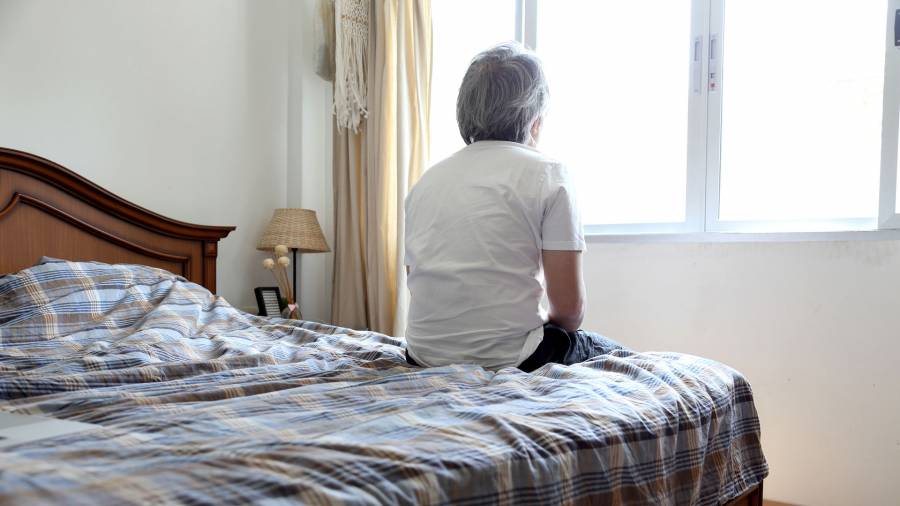Why threats to retail create opportunities for housing
We need to create more urban housing and the increasing number of empty commercial premises might just be the answer

GROWTH, DEVELOPMENT & REGENERATION
Image: Istock

David Waddell
Senior BBC News journalist and a former non-executive director of Poplar HARCA, writing in a personal capacity
Everything changed in March. My parents set off on an ambitious holiday to Morocco on 14 March and spent their whole week there wondering how they would get back. A few days later, I went into two weeks’ isolation with my wife and children due to mild COVID-like symptoms. Then, on 23 March, the prime minister announced the national lockdown, marking a key moment in the most significant news story of my career – one which stretches back prior to 9/11 and includes a loose connection with #BBCDad, the academic whose children interrupted his infamous interview on BBC World. Now – through endless Zoom engagements – we are all Professor Robert Kelly.
Unlike many, I have been working at my office, the BBC newsroom, throughout this crisis. It was startling how quiet London was throughout April; like a ghost town – reminiscent of the film 28 Days Later against the backdrop of a more prosaic virus.
Trend to urban living
There has been a long-term global trend towards urban living. The UN (World Urbanization Prospects) estimates that in 2007, for the first time, more people lived in urban than rural areas. The UK is further along the same trend line. The same data source reported five times as many urban than rural dwellers in the UK by 2017. What does this look like through a post-pandemic lens?
On the face of it, towns and cities are attractive places to live. There is better access to employment, more options for leisure and entertainment, and more comprehensive public transport options. Prices and rents are higher both for homes and commercial space.
Urban business threat
But urban spaces are suffering, and this is not new. Brent Cross shopping centre opened in north London in March 1976, a few months before I was born. It was the first of many out-of-town retail centres – many of which became an existential threat to nearby urban locales.
There is an even greater threat – it eclipses the above. Amazon launched in 1994, and eBay a year later. Their birth is closer to the opening of Brent Cross than to the present day. And of course many of the retailers onsite at Brent Cross now trade big volumes online.
And now we have COVID-19. The public policy response will be the final straw for many businesses. This is not just because social distancing rules mean tight profit margins are now negative, but also because – as many people continue to work from home – urban centres remain quiet; albeit not so eerily silent as before. This coronavirus will not, I hope, be with us forever. But the pandemic exacerbates existing threats to the urban landscape.
“Brent Cross was the first of many out-of-town retail centres – many of which became an existential threat to nearby urban locales”

The need for retailers to have a physical presence
on the high street is diminishing
New opportunities
What are we to do about this? Councils have taken temporary action on rates, though businesses complain it is far from enough. And in any case, it is not affordable forever. It feels inevitable that the value of rents and leases will fall in real terms. That would be a lifeline to some retail and hospitality businesses. It won’t be enough for others, but it could open up new opportunities for other sectors.
Whether this means we see more councils site their front office on main thoroughfares; the police having more visible urban hubs; or gyms locating routinely on the high street. Might we also see some buildings converted into flexible spaces, letting out rooms by the hour for meetings, or for physiotherapists or counsellors to work with clients?
High street housing
As the Brent Poverty Commission recently reoprted, high street decline could be an opportunity to create more urban homes and not just purpose-built inner city apartment blocks (which are in short supply too), but more re-purposed commercial space to accommodate young and old – especially students and retired adults keen to downsize from suburban family homes.
On cue, as it moots eight store closures, the retailer John Lewis has announced it is developing an idea to convert empty stores into homes. That may or may not happen, but the real estate is going nowhere. The sight of empty premises may soon become even more common. As we juxtapose that with the sluggish uptick in housing supply, will this kind of proposition get wider consideration by other landowners?
“High street decline could be an opportunity to create more urban homes, not just purpose-built inner city apartment blocks (which are in short supply too), but more re-purposed commercial space to accommodate young and old”
Meeting housing need
It is clear from the government’s own figures that more homes are needed nationally. Its ambition (acknowledged in its August white paper, Planning for the Future) is for 300,000 new homes every year. That’s a challenge in itself, but another is to ensure that homes are made available to meet local demand, and in popular locations.
The white paper is keen to promote the concept of beautiful, high-quality developments, but it is the focus on predictability that will appeal to developers. In a system based thus far on discretionary approvals, investors will hunger for certainty in the planning process – whether it is for new developments or re-purposing defunct buildings within the existing urban landscape.
The challenge now is for councils to devise local plans that address not just housing need, but also create desirable urban environments and address the otherwise relentless decline.


